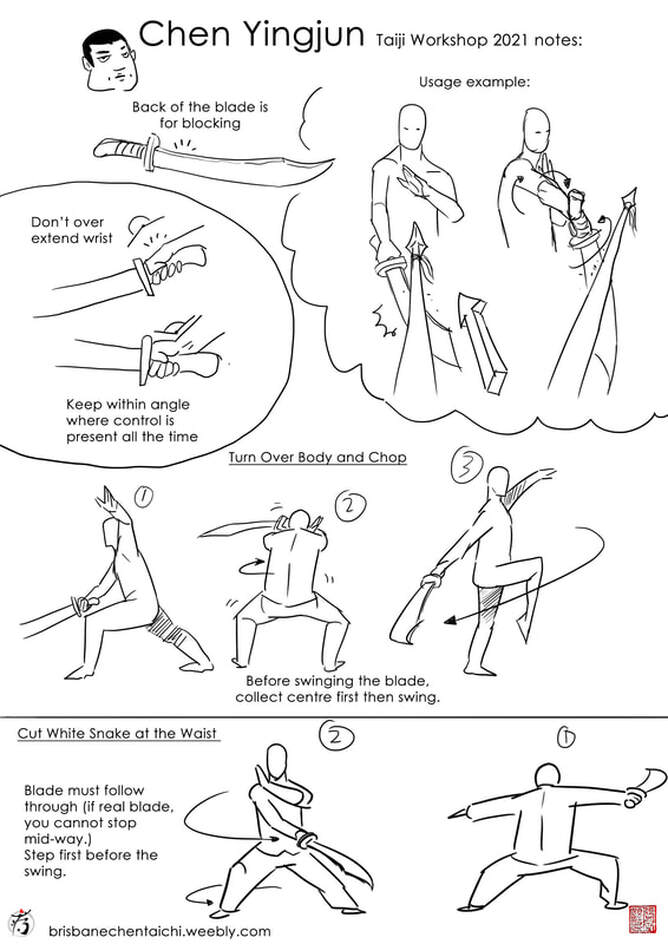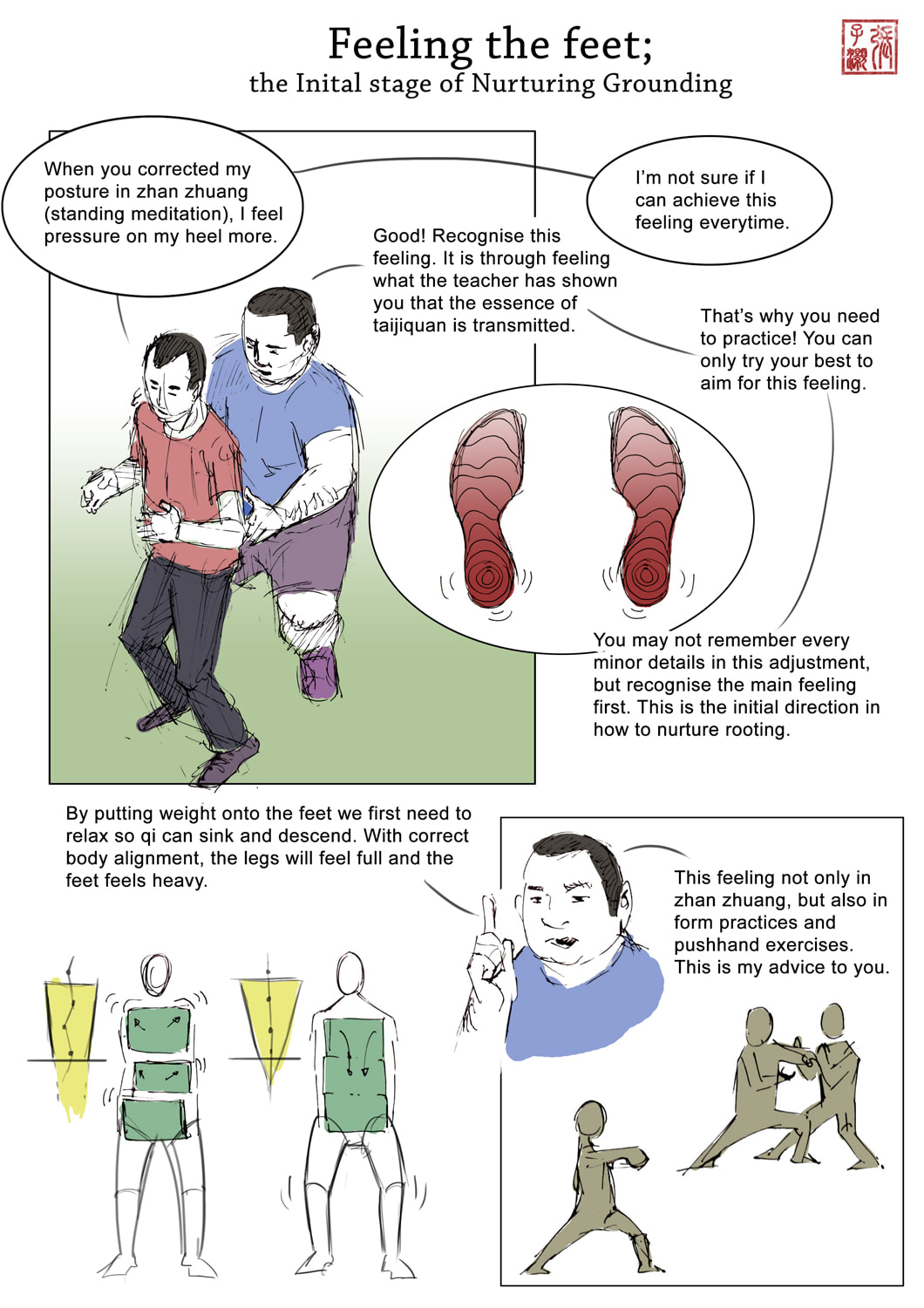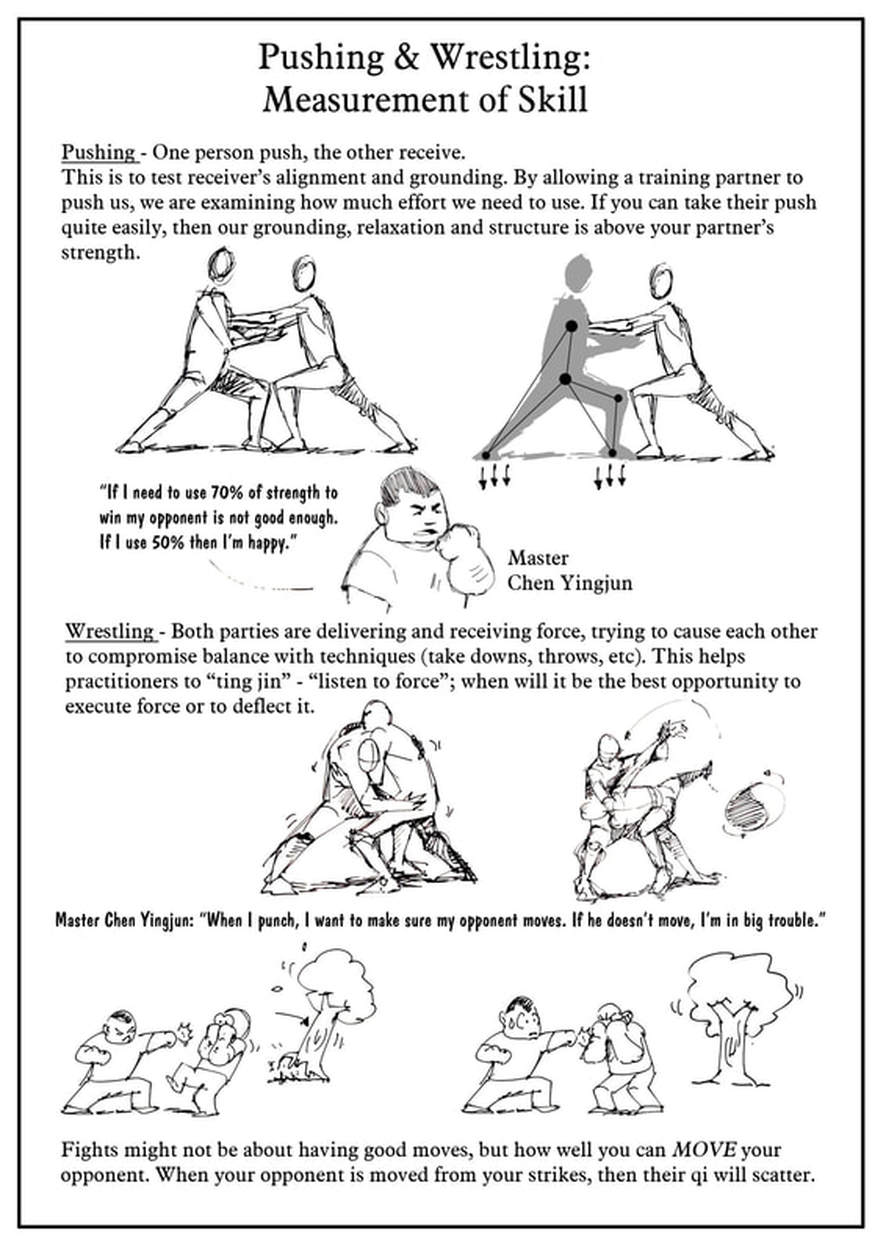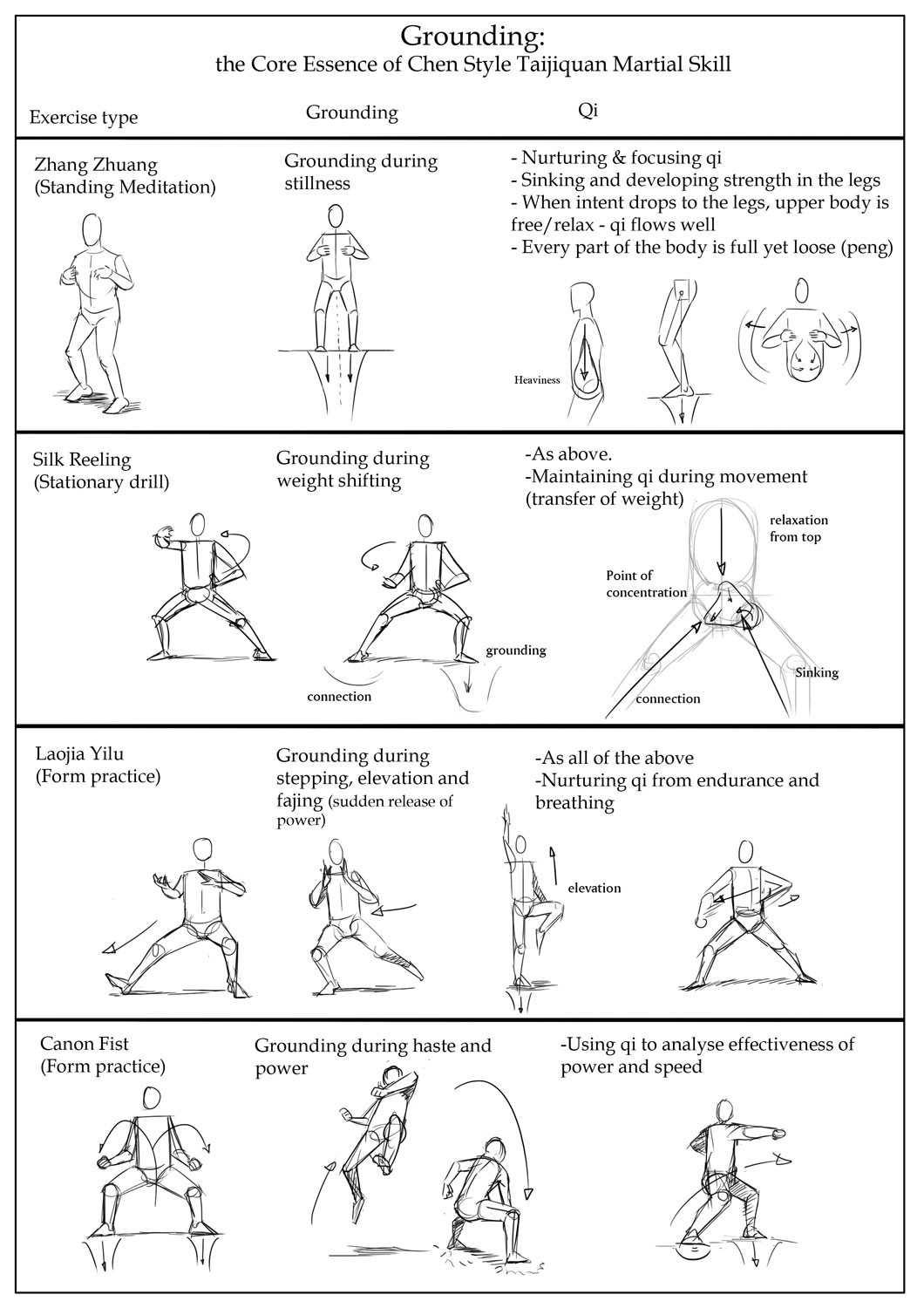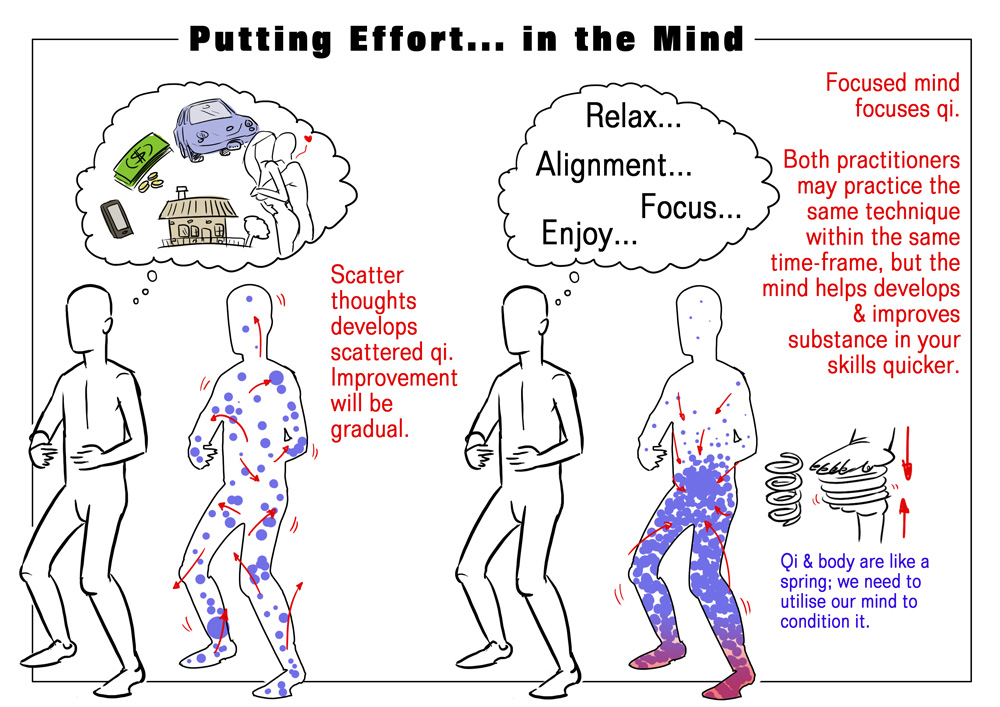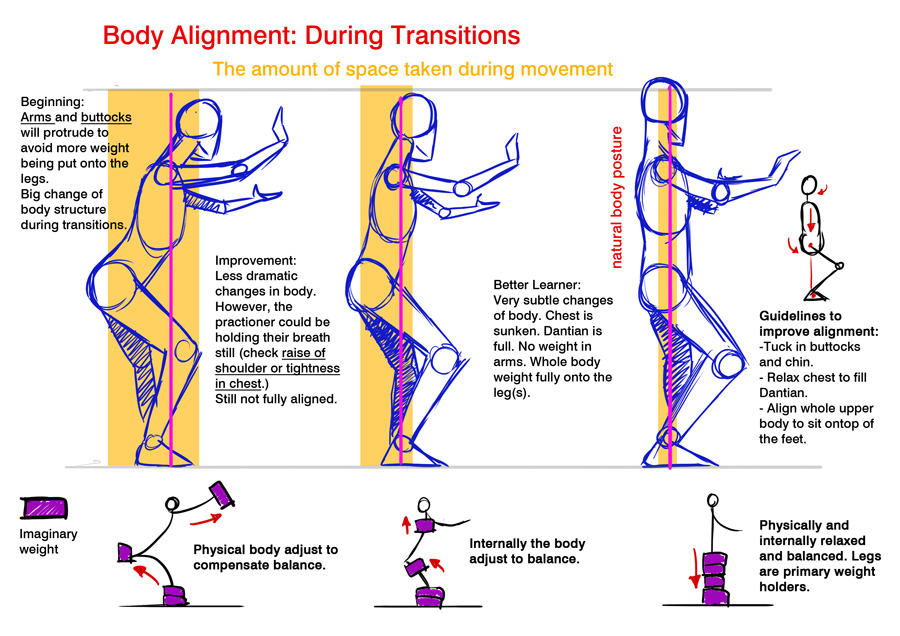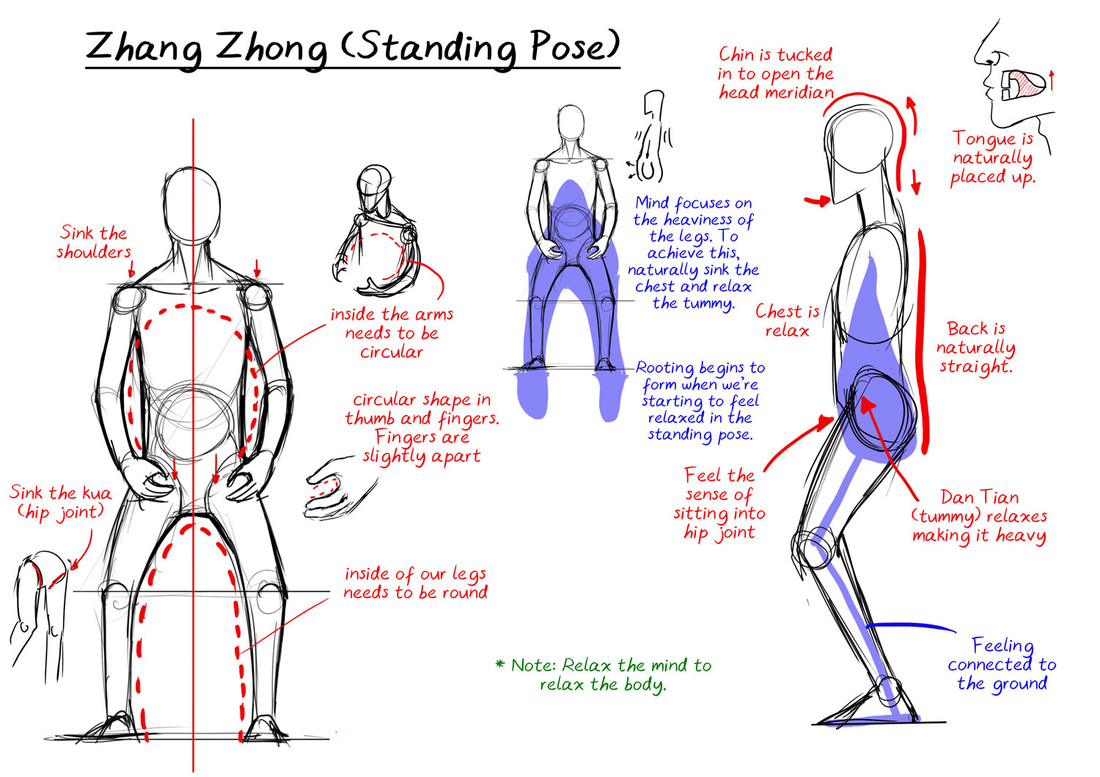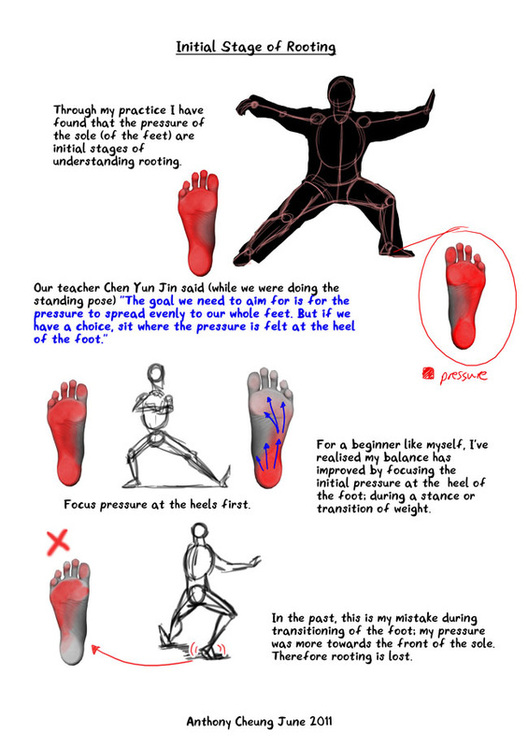Chen Style Tai Chi Foundation: Progress in Fundamental Skills and Knowledge...
03/06/2021
27/03/2021
12/06/19
29/3/18
27/3/18

19/03/18
28/7/17
19/05/17
10/3/17
23/3/16
21/3/16
13/11/15
4/10/15
09/02/15
5/2/15
31/05/14
9th April 2014
14/7/13
Tao Te Ching and Taiji (21/04/13)
I've been reading the Tao Te Ching; a scripture written by an ancient philosopher Lao Zi. The essence between Tao and tai chi is no different.
Updated 25/12/12
To clarify what I meant by "body alignment during transitions" is when we're stepping out, shifting weight or stablizing our weight, our body alignment will change during these transitions. For a beginner to take on to the next stage of practice, they will have to be mindful of how their body acts during transitions. At my current stage of practice, this is what I have experience and hope to share it with everyone. Merry Christmas!
To clarify what I meant by "body alignment during transitions" is when we're stepping out, shifting weight or stablizing our weight, our body alignment will change during these transitions. For a beginner to take on to the next stage of practice, they will have to be mindful of how their body acts during transitions. At my current stage of practice, this is what I have experience and hope to share it with everyone. Merry Christmas!
Updated 25/12/12
27/11/12 Stages in Standing (according to my understanding)
Adjustment made after visiting our teacher Chen Yingjun
Guidelines for Advance Tai Chi Training ~ June 2012
1) Learn the tai chi principles than brute strength - practice to improve relaxation and proper body alignment rather than muscular strength
2) Train the source rather than the manifestation - think and feel internally than having a good posture
3) Train the body rather than the technique - practice tai chi according to your own standards and not to go low stance if the principles of tai chi are lost.
From the book The Essence of Taijiquan, by David Gaffney & Davidine Siaw-Voon Sim 2009
2) Train the source rather than the manifestation - think and feel internally than having a good posture
3) Train the body rather than the technique - practice tai chi according to your own standards and not to go low stance if the principles of tai chi are lost.
From the book The Essence of Taijiquan, by David Gaffney & Davidine Siaw-Voon Sim 2009
Zhan Zhuang (Standing Pole Stance) ~ Feb 2012
Fundamental practice of tai chi practioners.
Rooting - initial stage (August 2011)
Another blog on my process. This is to show the pressure of the feet during a weight transfer movement.
Rooting - initial stage (June 2011)
Another blog on my tai chi progress. Again, nothing that I'm mentioning here is definite, but just sharing my experience as I learn. Enjoy!
Hip movement (May 2011)
This is the latest discovery in my Chen tai chi training. I've put a date here so I know my progress and some information which I upload may not be the right theories/ ideas. But I treat this like a learning process and uploading my knowledge here is my motivation for myself and other tai chi practioners.
Buttock, Kua and Dang
Buttocks
Buttocks
- Follow direction of the spine
- Perpendicular to the ground
- Avoid protruding buttocks or tucking in too much – this may create tension and prevents legs from moving freely
- Kua needs to be relaxed
- It’s purpose is to facilitate the coordination of upper and lower body movements
- Turning of the waist from left to right and shifting of weights in the legs rely on kua being relaxed and loose.
- When the kua is relaxed, the weight burden on legs increases. If legs are not strong enough, the kua will tighten. As a result, knee extend over the toes, abdominals and chest stick out, and the body leaning backwards.
- Relaxed kua + smooth turning of waist = smooth weight transferring. From this, upper body is able to realize lightness or solidity.
- The shape of the legs when in a stance.
- The overall look of the stance (from pelvis downward) should be like an up-side-down ‘U’ and not like a ‘V’ shape.
- Muscles in the inner thigh have the feeling of slightly pushing outward.
- The dang should be light, flexible and relaxed.
- Collapsing dang: when buttocks drop below level of knees.
- The angle of bent legs should not be less than 90 degrees.
- Keeping the dang rounded and opened increases strength in the legs.





